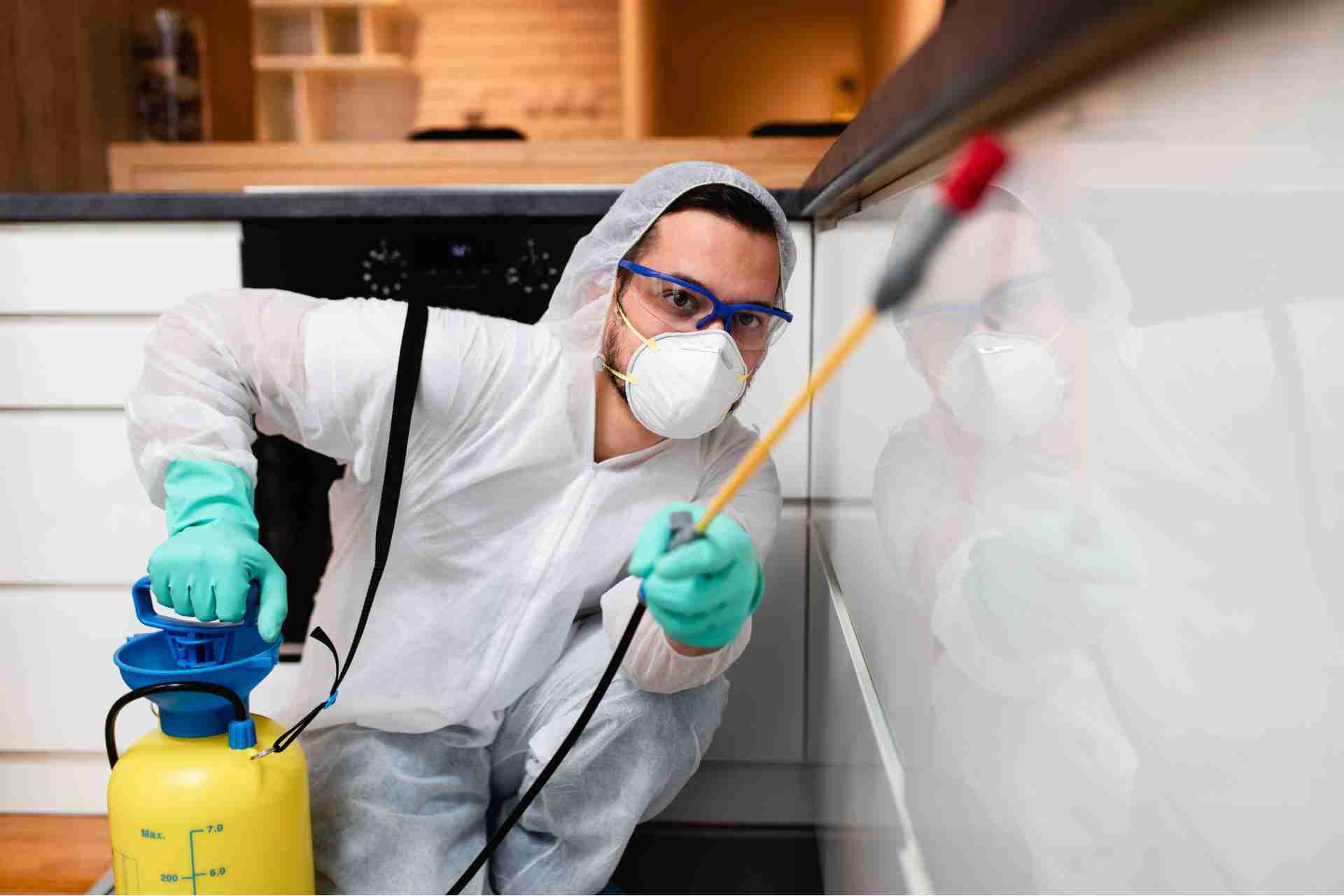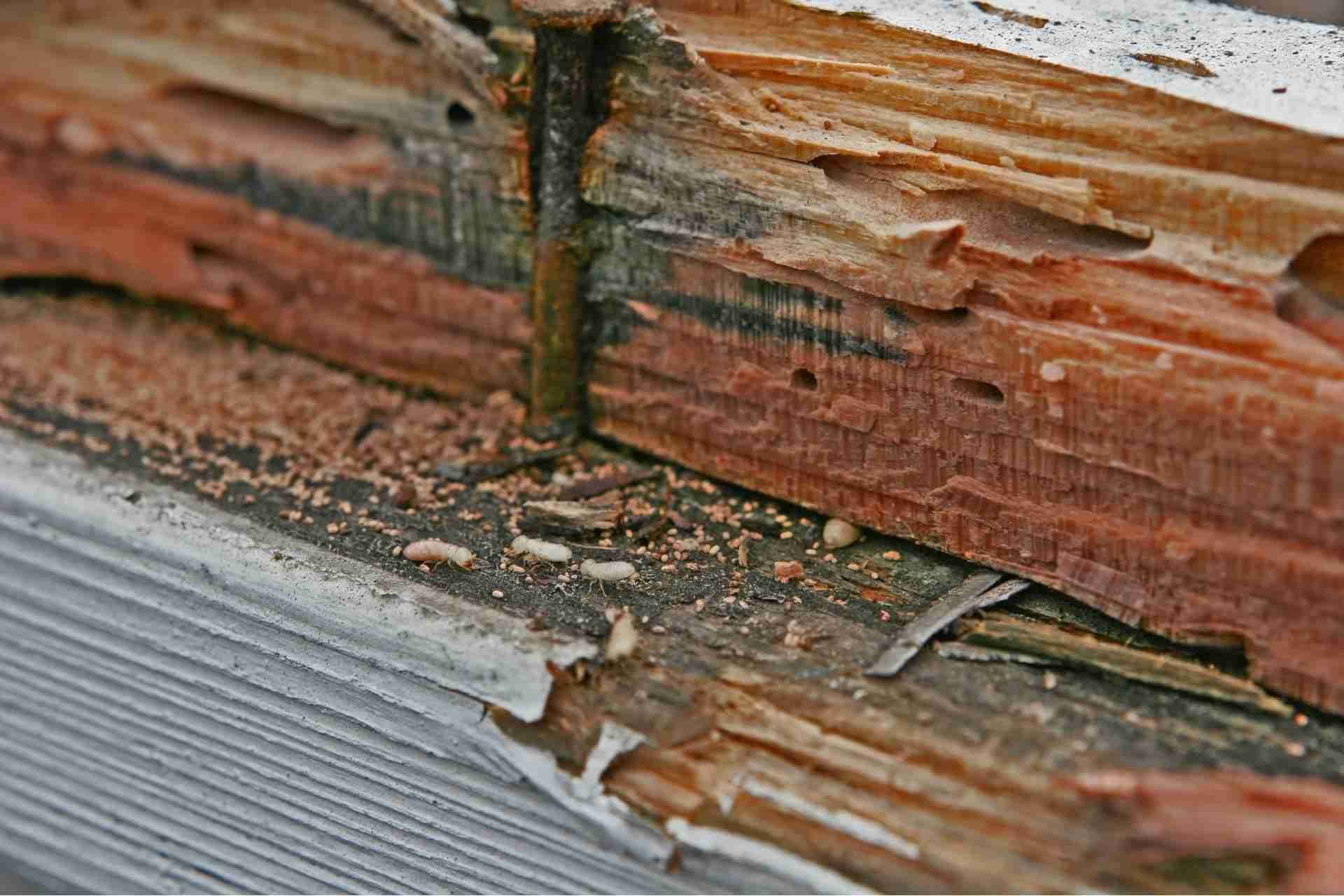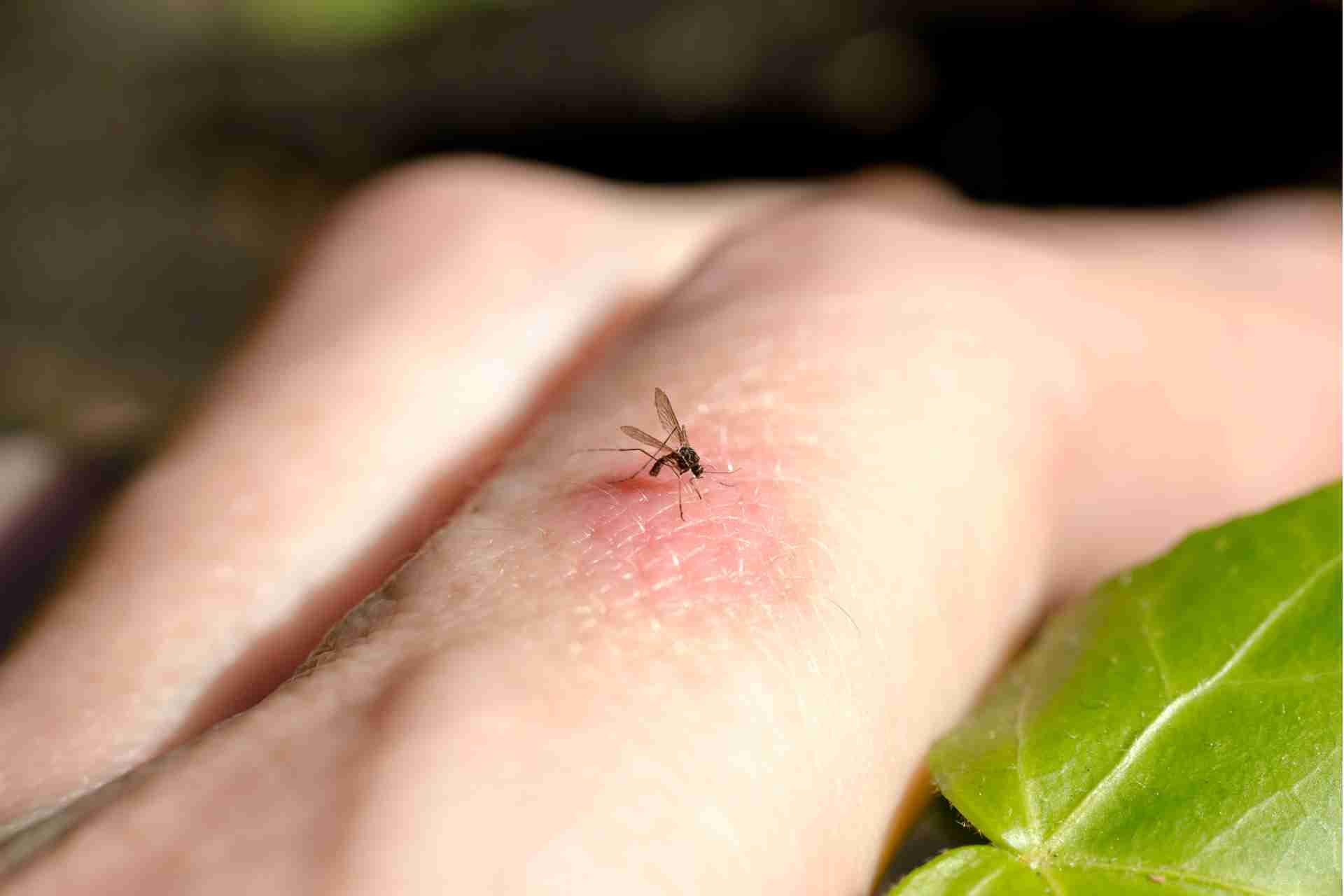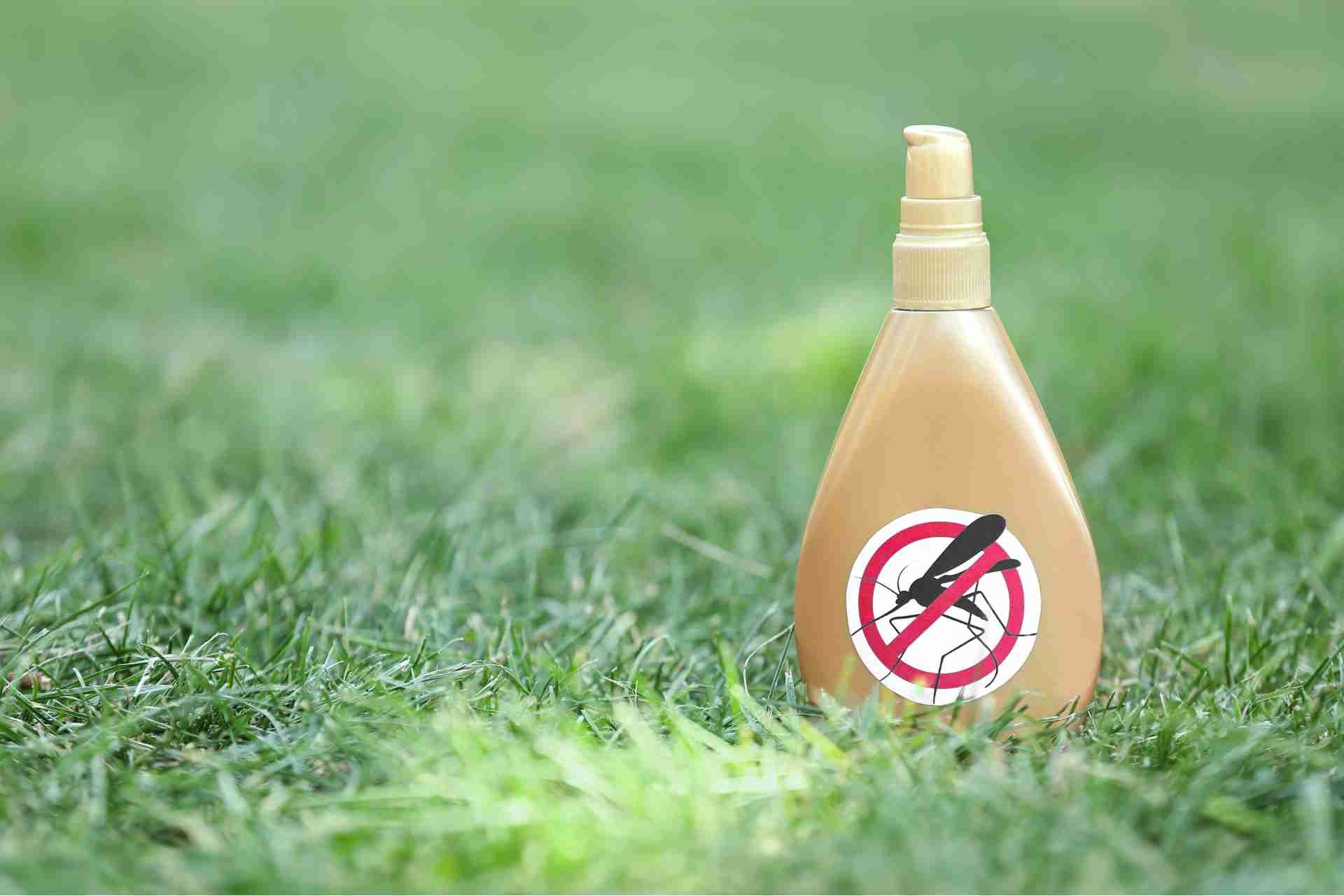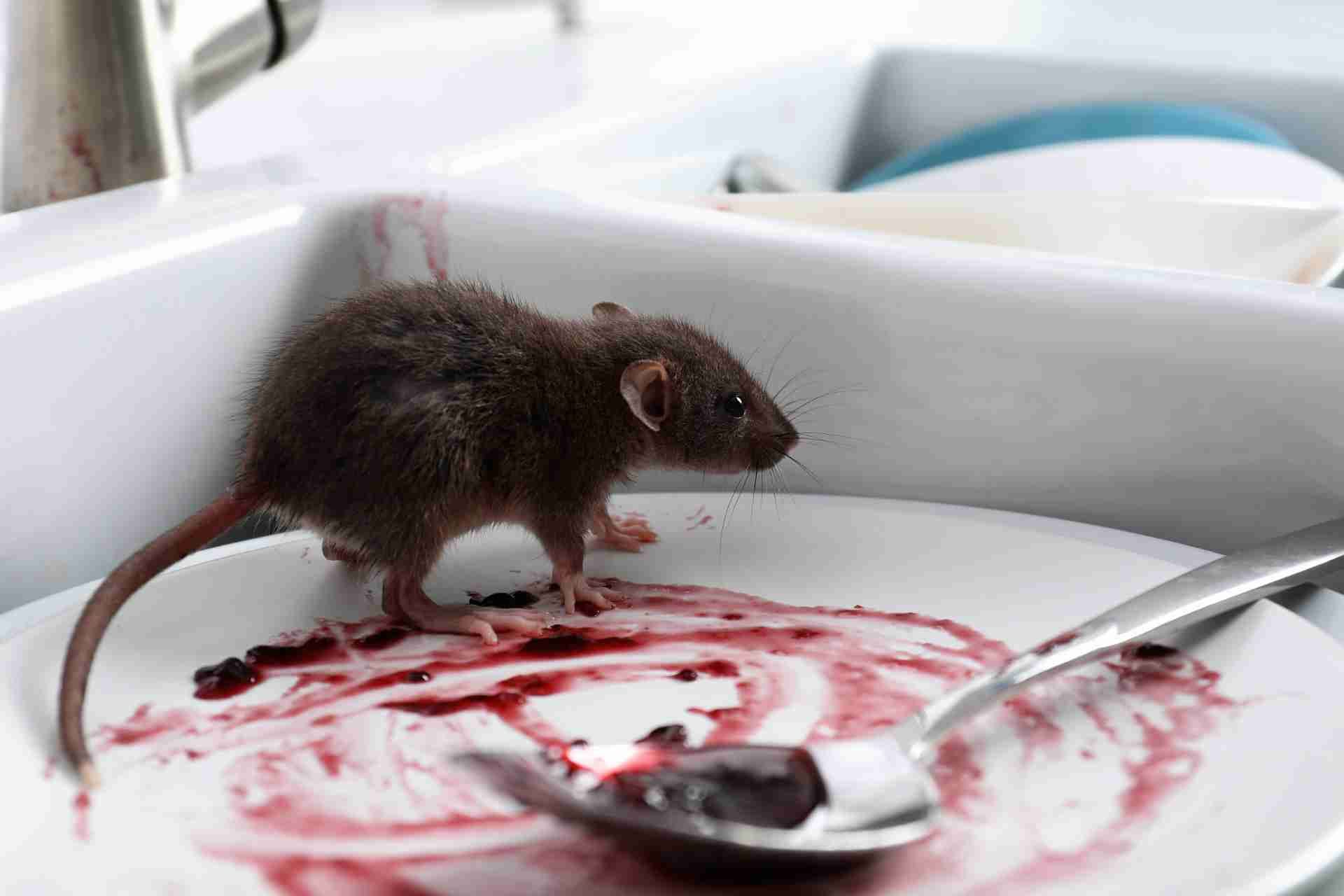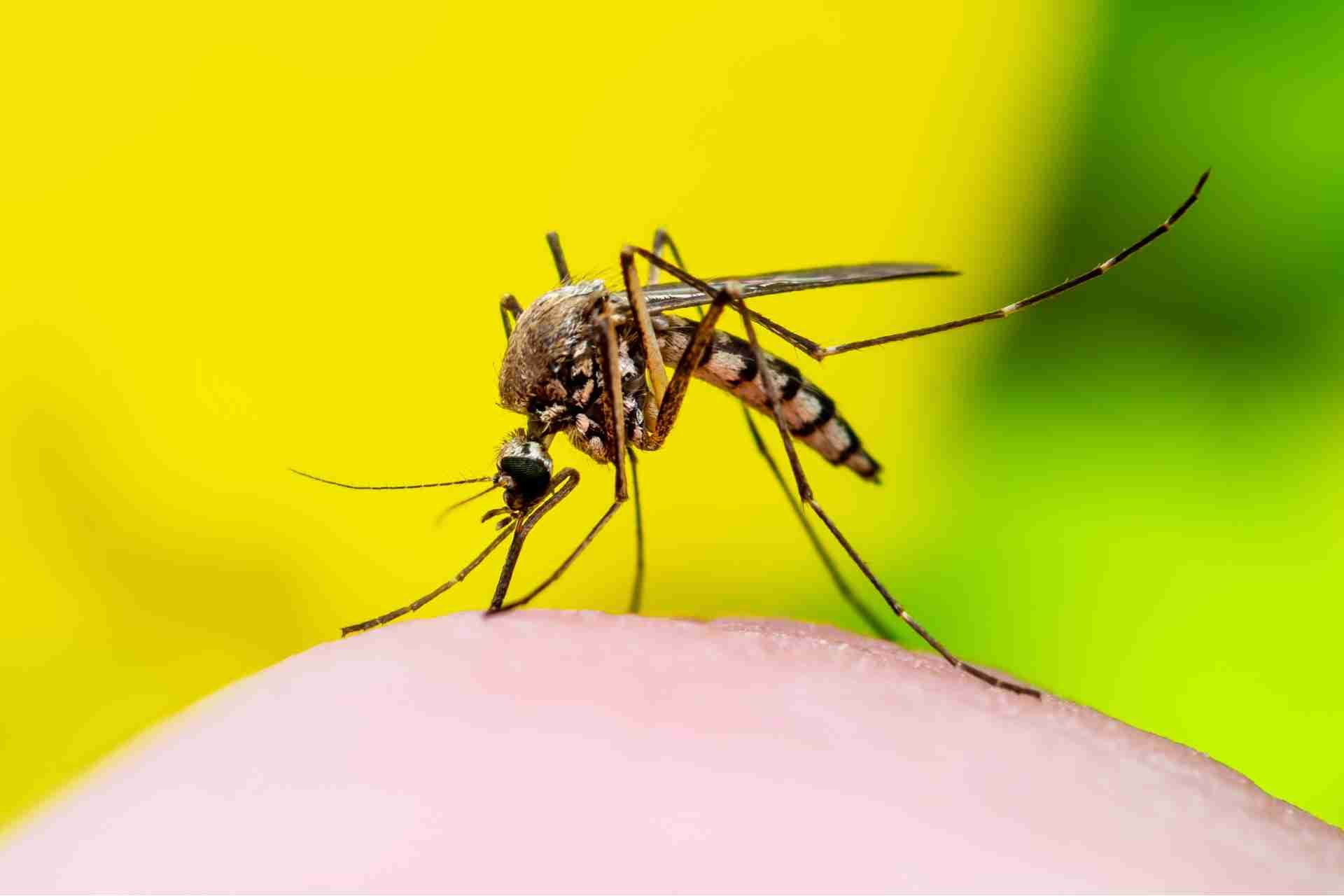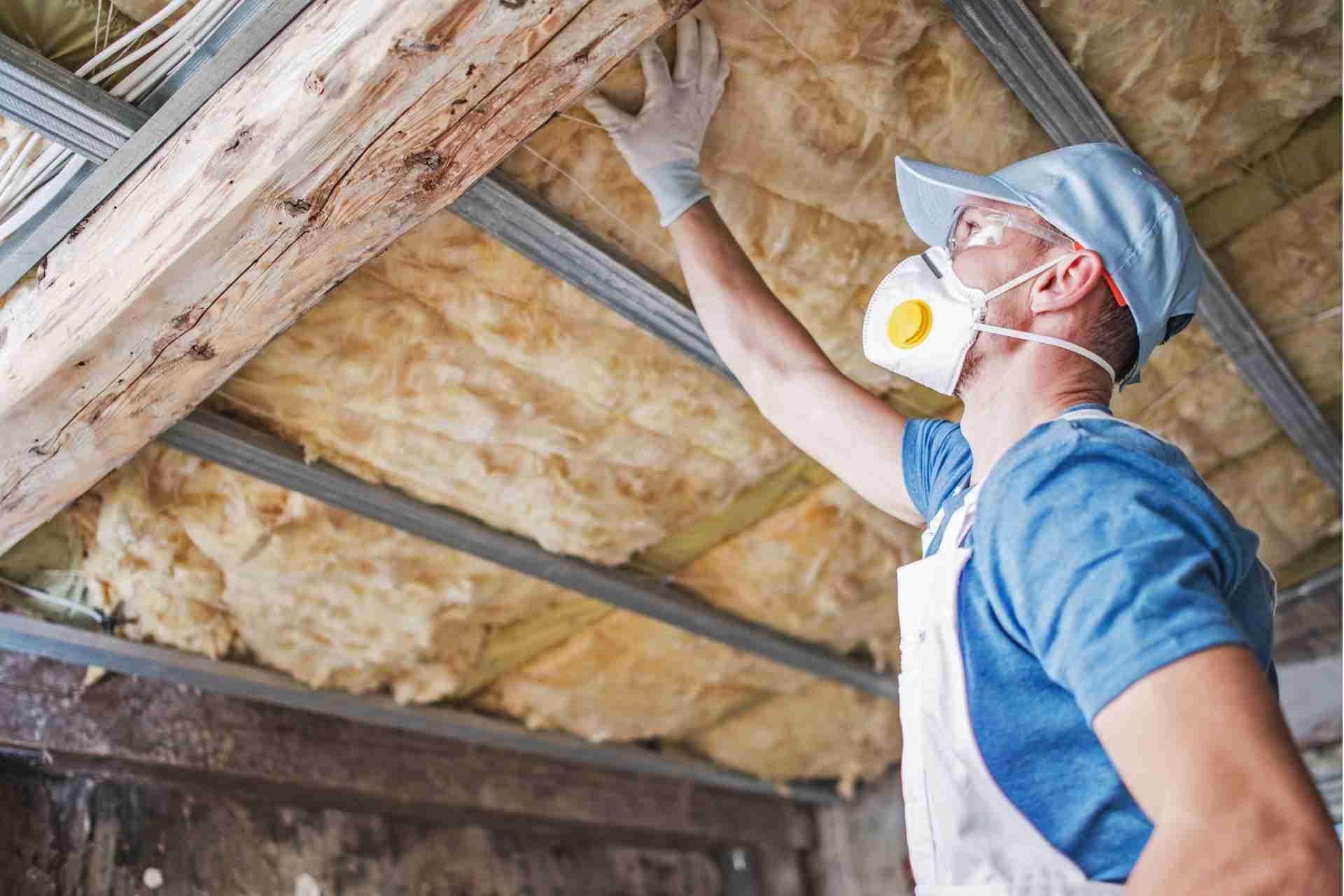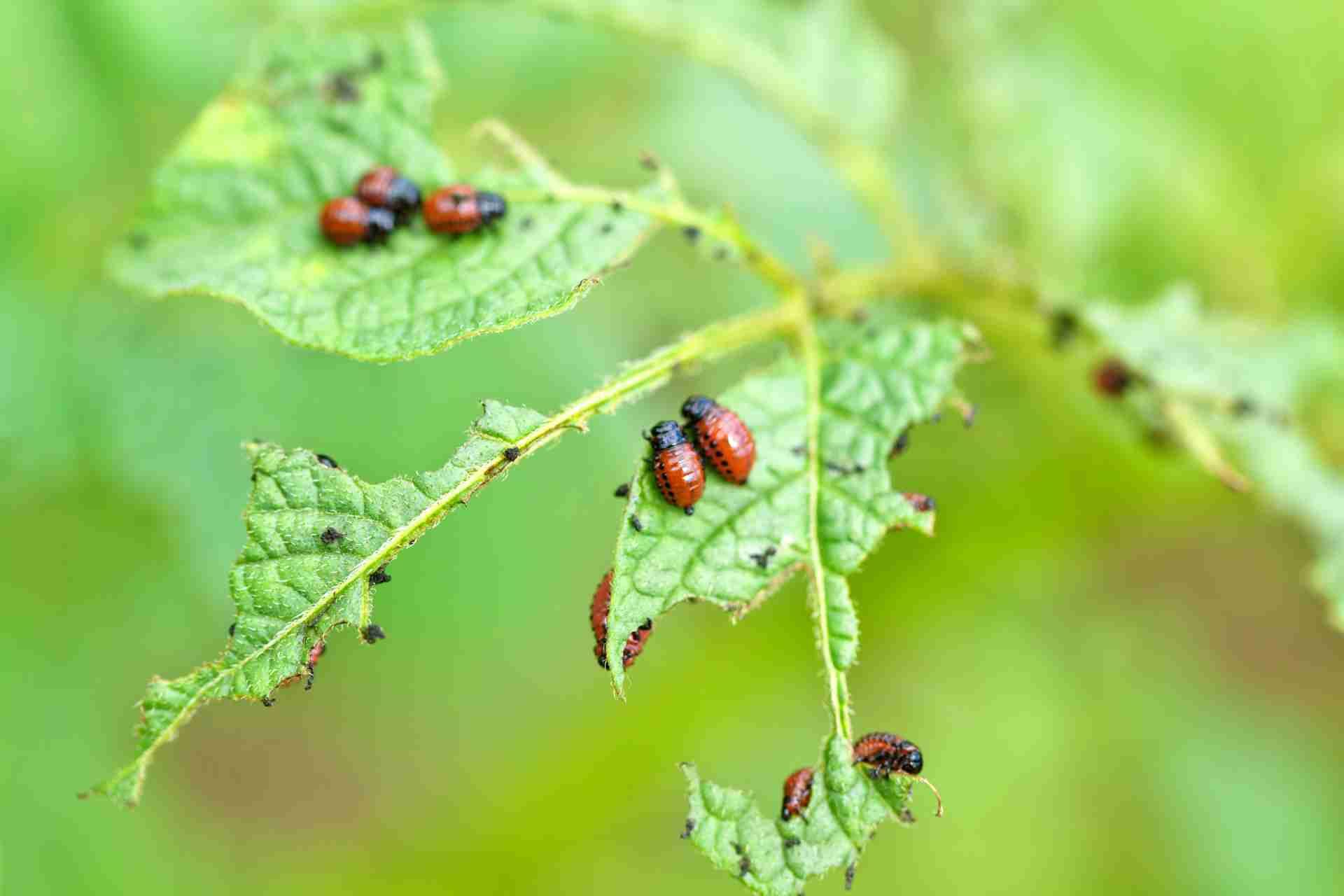What is an Integrated Pest Management
Pest management refers to the practices and techniques used to control or eliminate pests in order to protect crops, animals, structures, and human health. It involves the monitoring, prevention, and control of pests through various methods, which may include cultural, biological, physical, and chemical controls. One of the common practices is Integrated pest management (IPM).
What is an Integrated Pest Management?
Integrated Pest Management (IPM) is a holistic approach to managing pests in agriculture, horticulture, and other settings in a sustainable way. IPM seeks to minimize the impact of pests on crops, plants, and animals by using a combination of techniques such as biological control, cultural practices, pest-resistant varieties, monitoring, and the judicious use of chemical pesticides when necessary. The goal of IPM is to reduce reliance on chemical pesticides and promote environmentally friendly and economically viable pest control methods.
How does it work?
IPM works by using a combination of cultural, mechanical, biological, and chemical control measures to manage pests. Cultural control involves practices such as crop rotation, proper irrigation, and sanitation to create an environment that is less hospitable to pests. Mechanical control methods, such as using traps and barriers, physically remove or deter pests from the area. Biological control involves introducing natural enemies of pests, such as predators or parasites, to keep pest populations in check.
Chemical control is used as a last resort in IPM and is only applied when other methods have been ineffective. When chemical pesticides are used, they are selected based on their effectiveness against the target pest, their impact on non-target organisms, and their potential for resistance development. Additionally, pesticides are applied in a targeted manner to minimize environmental impact and reduce the risk of pesticide resistance.
IPM is not a one-size-fits-all approach and must be tailored to specific pest problems and environments. By monitoring pest populations, identifying pests accurately, and understanding their life cycles, IPM practitioners can develop a customized management plan that addresses the root causes of pest issues. Regular monitoring and evaluation of the effectiveness of control measures are essential to successful IPM implementation.
Components of integrated pest management
There are several components of integrated pest management that work together to create a comprehensive pest control strategy. These components include:
Cultural controls
Cultural controls involve making changes to the environment to make it less hospitable to pests. This can include practices such as crop rotation, planting pest-resistant varieties, and using mulch to suppress weeds and reduce pest habitat.
Biological controls
Biological controls involve using natural predators, parasites, or pathogens to control pest populations. This can include releasing beneficial insects that prey on pests, introducing fungi that attack pest species, or using bacteria as a natural insecticide.
Mechanical controls
Mechanical controls involve physically removing pests from the environment. This can include methods such as hand-picking pests off of plants, using traps to capture pests, or using barriers to prevent pests from reaching plants.
Chemical controls
While chemical controls are not the primary focus of IPM, they can still be used as a last resort when other methods have been unsuccessful. However, when using chemical pesticides, it is important to choose products that are selective and have the least impact on non-target species.
Monitoring and record-keeping
Monitoring pest populations and keeping detailed records of pest outbreaks can help farmers and gardeners identify problems early and track the effectiveness of their pest control methods. This information can then be used to adjust and improve the IPM strategy over time.
Integrated Pest Management (IPM) Methods
One of the key principles of IPM is prevention. By creating a healthy and balanced environment, pests are less likely to thrive. This can be achieved by practicing good sanitation, proper waste disposal, and eliminating sources of food and water for pests. Additionally, planting pest-resistant crops and using crop rotation can help reduce the risk of infestations.
Another important aspect of IPM is monitoring. By regularly inspecting crops or buildings for signs of pests, you can catch infestations early and take appropriate action. This can involve using traps, visual inspections, or electronic monitoring devices to track pest activity.
When it comes to controlling pests, IPM employs a range of tactics beyond just using chemicals. Biological control is one such method, where natural enemies of pests, such as predatory insects or parasitic wasps, are introduced to control populations. Cultural control involves manipulating the environment to make it less hospitable to pests, such as using barriers or traps to prevent infestations.
If chemical control is necessary, IPM advocates for the use of the least toxic products and only as a last resort. This minimizes the impact on the environment and non-target organisms. Additionally, using targeted application methods, such as spot treatment or baits, can reduce the amount of pesticide needed.
Benefits of Integrated Pest Management
Reduced chemical use
One of the main benefits of IPM is the reduction of chemical pesticides. By incorporating a variety of control methods such as crop rotation, habitat manipulation, and biological controls, farmers can effectively manage pest populations without the need for harsh chemicals. This not only benefits the environment by reducing pesticide runoff and minimizing harm to beneficial insects, but also improves the overall health of the soil and plants.
Cost-effective
Although implementing IPM practices may require a higher initial investment in terms of time and resources, it can ultimately lead to long-term cost savings. By reducing the need for costly chemical pesticides and promoting healthier plant growth, farmers can improve their overall crop yields and decrease their reliance on expensive inputs.
Minimizes pest resistance
Continuous reliance on chemical pesticides can lead to the development of pest resistance, making them less effective over time. By incorporating a variety of control methods and avoiding the repeated use of the same chemicals, IPM helps to reduce the likelihood of pests developing resistance. This not only improves the effectiveness of pest management strategies, but also reduces the need for stronger and more toxic chemicals in the future.
Preservation of beneficial insects
Many chemical pesticides not only target harmful pests, but also harm beneficial insects such as pollinators and natural predators. By utilizing IPM practices, farmers can create a more balanced ecosystem that supports the health and longevity of these important organisms. This ultimately leads to a more resilient and sustainable agricultural system.
Healthier food and environment
By reducing the use of chemical pesticides and promoting more natural pest management practices, IPM helps to create healthier food and environments for both humans and wildlife. By minimizing exposure to harmful chemicals, consumers can feel more confident about the safety of the food they eat, while also protecting the health of surrounding ecosystems.
Ready to Implement Your Integrated Pest Management (IPM)?
Affordable Pest and Mosquito Solutions offer integrated pest management services that are not only effective but also budget-friendly. Integrated pest management (IPM) is a holistic approach to pest control that focuses on prevention, monitoring, and control. By combining a variety of strategies, such as habitat modification, biological control, and targeted pesticide applications, IPM aims to reduce pest populations while minimizing the impact on the environment and human health.
When you hire Affordable Pest and Mosquito Solutions to implement your IPM plan, you can expect a customized approach that takes into consideration the specific needs of your property and the types of pests and mosquitoes present. Their trained technicians will conduct a thorough inspection to identify potential problem areas and develop a comprehensive strategy to address them.
Contact Affordable Pest and Mosquito Solutions to learn more about their services and start enjoying the benefits of integrated pest management.

